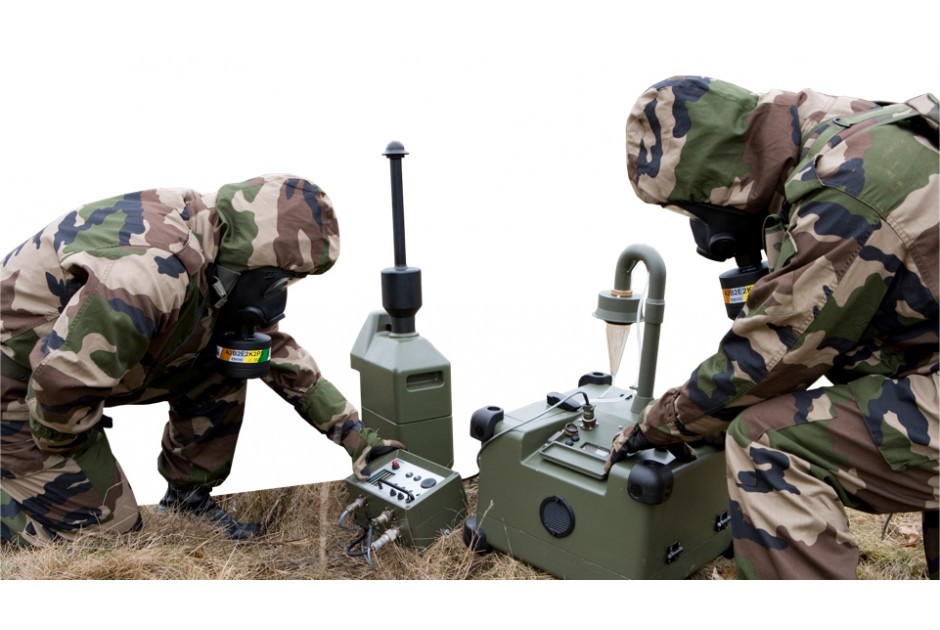EN 170 Personal eye protection ultraviolet filters transmittance testing
The European Standard EN 170 specifies the requirements and methods for personal eye protectors, including their optical properties such as light transmission, reflection, and ultraviolet (UV) filtering. This standard ensures that protective eyewear meets stringent safety criteria to safeguard users from various hazards, including UV radiation. The transmittance of UV filters is a critical parameter in this context because it determines the degree of protection against harmful UV rays.
Human factors play a significant role in the design and efficacy of personal eye protection. Properly designed eyewear should not only block UV light effectively but also enhance visibility, comfort, and fit for the wearer. This is particularly important in military applications where personnel are exposed to harsh environmental conditions that can exacerbate the effects of UV radiation.
The testing of UV filters according to EN 170 involves several steps. First, the spectrophotometric measurement of filter transmittance at various wavelengths is conducted using a specialized instrument capable of detecting minute changes in light intensity across different spectral regions. This data helps in determining the effectiveness of the UV filter and its compliance with the standard.
Compliance with EN 170 ensures that the eyewear not only meets the necessary optical performance criteria but also provides reliable protection against potential hazards. Military personnel, who are frequently exposed to high-intensity light sources such as lasers or sunlight, must rely on equipment that has been rigorously tested and proven safe for use in their specific environments.
The importance of this testing cannot be overstated. UV radiation can cause significant damage to the eyes over time, including cataracts, photokeratitis, and other ocular conditions. By ensuring compliance with EN 170, manufacturers can provide soldiers with eyewear that offers robust protection against these risks.
Manufacturers must ensure that their products meet all specified requirements before they are released for commercial or military use. This includes conducting thorough testing to validate the optical properties of the UV filters used in the protective equipment. Compliance officers and quality managers should prioritize this aspect to maintain high standards within their organizations.
R&D engineers play a crucial role in developing new materials and designs that enhance both functionality and safety. By adhering to EN 170, they contribute significantly to advancing technology that improves overall performance while reducing risks associated with UV exposure.
Why It Matters
The transmittance of UV filters is crucial for several reasons. First and foremost, it directly impacts the level of protection against harmful ultraviolet radiation, which can lead to serious eye damage if not adequately managed. Ensuring that the filter's performance meets or exceeds the requirements set out in EN 170 helps protect users from potential harm.
Moreover, this testing is vital for maintaining product integrity and ensuring consistent quality across different batches of eyewear. Consistency ensures that all units produced adhere to the same high standards, thereby enhancing reliability and trustworthiness among end-users.
Avoiding non-compliance with EN 170 can have serious consequences ranging from legal liabilities to reputational damage. It is essential for manufacturers to conduct comprehensive testing to avoid any discrepancies or failures that could compromise safety.
For military personnel, compliance with these standards translates into enhanced operational readiness and effectiveness. Knowing that their protective gear has been rigorously tested provides reassurance regarding its reliability under challenging conditions.
Scope and Methodology
| Parameter | Description |
|---|---|
| Test Conditions | The test is conducted at a specified temperature range (typically 15°C to 30°C) with controlled humidity levels to simulate real-world conditions. |
| Spectrophotometric Measurement | A spectrophotometer measures the amount of UV light that passes through the filter. This measurement is taken at various wavelengths within the relevant spectral range for human eyes. |
| Filter Specifications | The filters are characterized by their nominal wavelength, which defines the center point around which the transmittance curve should be centered. |
| Data Analysis | The collected data is analyzed to ensure that the filter meets the specified requirements for UV transmittance. Any deviations from these standards may indicate a need for recalibration or replacement of components. |
Following the testing procedure outlined in EN 170, manufacturers can verify whether their products meet the necessary optical performance criteria. This process involves precise measurement techniques and adherence to international standards to guarantee accuracy and consistency.
The spectrophotometric measurements provide detailed insights into how much UV light is allowed through the filter, ensuring that it falls within acceptable limits defined by regulatory bodies like EN 170. These values are critical for determining the overall effectiveness of the protective eyewear against UV radiation.
Quality and Reliability Assurance
Maintaining quality and reliability is paramount in any manufacturing process, especially when dealing with products that directly affect human health and safety. For personal eye protection designed to block UV light, ensuring consistent performance across all units produced requires stringent quality control measures.
Manufacturers must implement robust procedures throughout the production cycle—from raw material selection through final assembly—to minimize variability in filter transmittance. Regular audits conducted by independent laboratories further reinforce these efforts by providing unbiased assessments of product compliance with EN 170.
In addition to internal testing, third-party verification adds an extra layer of assurance that the protective equipment meets all necessary standards. This external validation helps build confidence among customers and stakeholders about the reliability and safety of the products offered.
By focusing on continuous improvement initiatives based on feedback from these assessments, companies can further enhance their offerings while staying ahead of evolving regulatory requirements. Such proactive approaches not only protect users but also contribute positively to industry standards overall.





